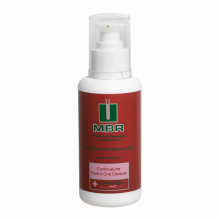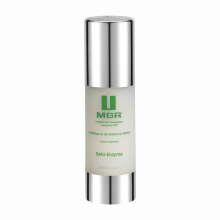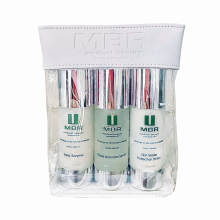Skin Care at 20
No matter the age, you must have a basic skincare program that fits your skin type, and you must vigorously protect your skin from the sun. What follows is more specific advice for your age.
First of all, since you've probably just arrived from your teen years battling all of that acne, you can be sure that your sebum levels are still relatively high. That means that your skin is probably normal to oily and so you may have no need to moisturize at all. Your natural oils can be depleted, however, and so you should make sure you use soap-free products; avoid products with harsh detergents.
Popular cleansers
In fact, many twenty-year-olds are still dealing with acne - albeit not as severely as in their teens. If that is the case, use a cleanser that contains salicylic acid specially designed to reduce sebum production. Wash with this twice daily. If you feel the need to moisturize, choose an oil-free moisturizer. The last thing you want to do is add even more oil to your pores.
Products with salicylic acid
Twenty-year-olds rarely have the problem of built-up dead skin and, for that reason, will have no reason to engage in extra spa treatments like exfoliation. Additionally, there is generally no need for a twenty-year-old to worry about anti-wrinkle and anti-aging treatments.
An ounce of prevention is worth a pound of cure, though. So people in their twenties may be wise to supplement their basic skincare routine with formulas including protective ingredients, such as antioxidants and/or anti-inflammations. A couple of examples are green tea extract, pomegranate extract, and vitamin E.






